Reflections from the Green Transitions Fellows at The Greenhouse 2022
Swimming into Green Transitions
By Dr Marianna Dudley
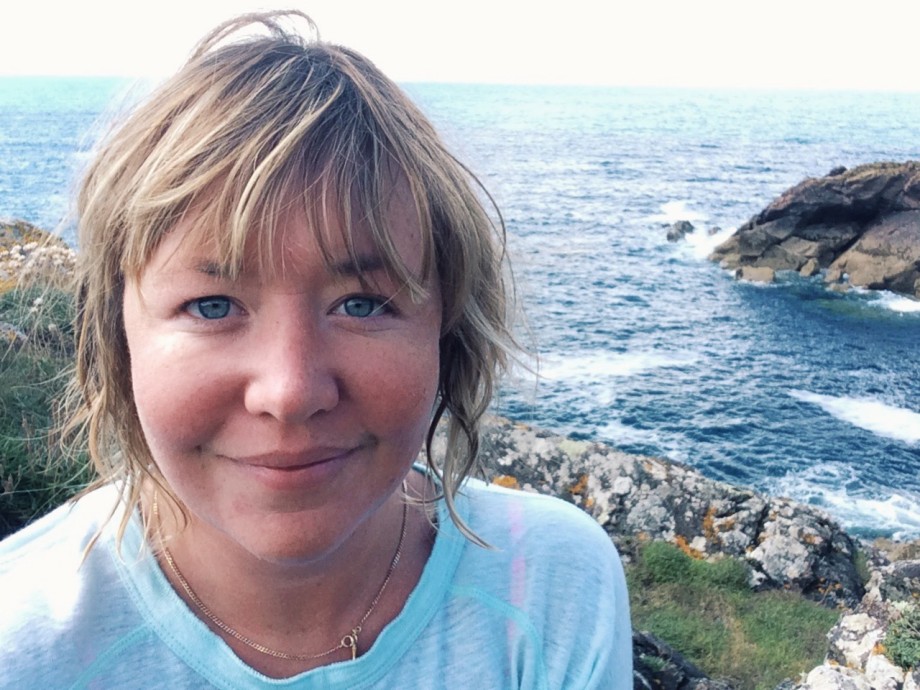
My reason to apply for a Green Transitions Fellowship at University of Stavanger was to make a start on a book about the history of wind energy. I presented my work to the academic community here early on, and spoke about how the history of wind energy has been shaped by interactions between people, place, and technology. The wind moves through these interactions, itself a product of planetary motion, oceanic currents, and the meeting of sea, air, and land. And while it was time in the quiet work room that helped me commit words to the page, it was time out in the Stavanger land- and seascape that helped me think.
I’ve been developing ideas on how energy technology interacts with place and the people who inhabit it. British state interest in wind turbines just after the Second World War was inflected with ideas about landscape, weather, identity, and productivity, and this shaped how and where turbines were tested. The wind is a dynamic actor in this history: it challenged attempts by meteorologists to predict it, and by engineers to harness it. New wind technology layered over old traditions of living with abundant and occasionally extreme weather, adding to already established and embodied knowledge of wind and place. Throughout my work I’ve been fascinated by winds, waves, tides, rivers - environments on the move that resist attempts to pin them in place, and yet forge a sense of place through their very transience.
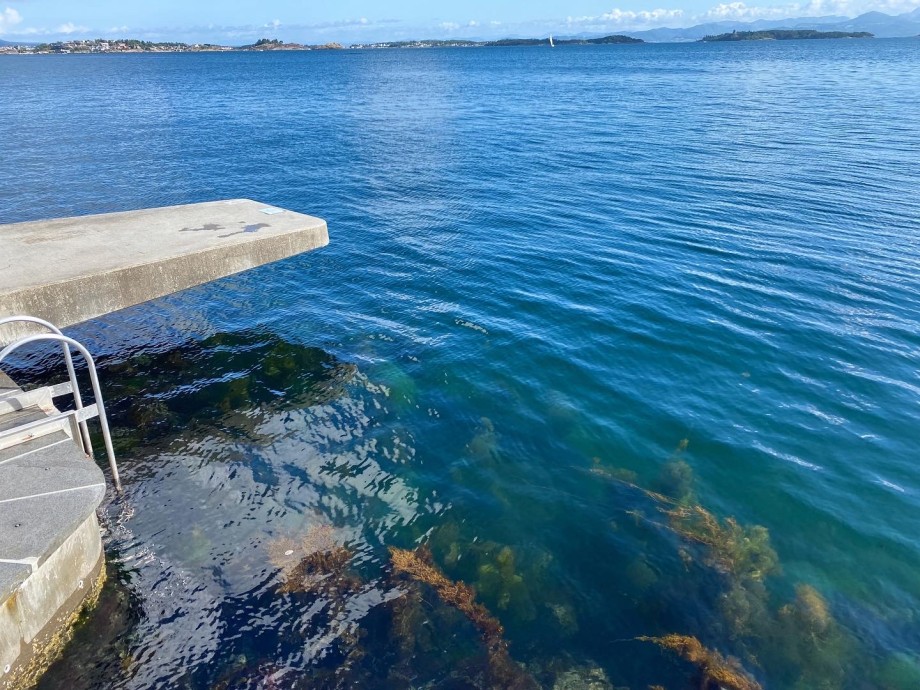
Arrival in a new place brings with it an impulse to get grounded. As a swimmer, I like to learn the land by stepping off it and into the water. Here in Stavanger there is plenty, and I’ve been offsetting my solitary, stationary, writing with as many swims as I can. The view from the water helps to make sense of the shore.
Swimming reaffirms again and again that environments are dynamic, changing, and alive. The fjords pulsate with life like the lion’s mane jellyfish I avoided and comb jellyfish I didn’t (transparent, and without venom, brains, or complex nervous systems, they were so wonderfully, barely, there). The seaweeds are spectacular. Shallow fields of sea grass and inky deep fjords alike have been crystal clear, though signs warn against fishing in certain spots due to contamination. Contrasts of clean/dirty, visibility/invisibility, course through the history of energy. Renewable energy claims to cleanliness need to be interrogated carefully. Swimming in Stavanger - an oil town - has helped me keep these issues in mind.
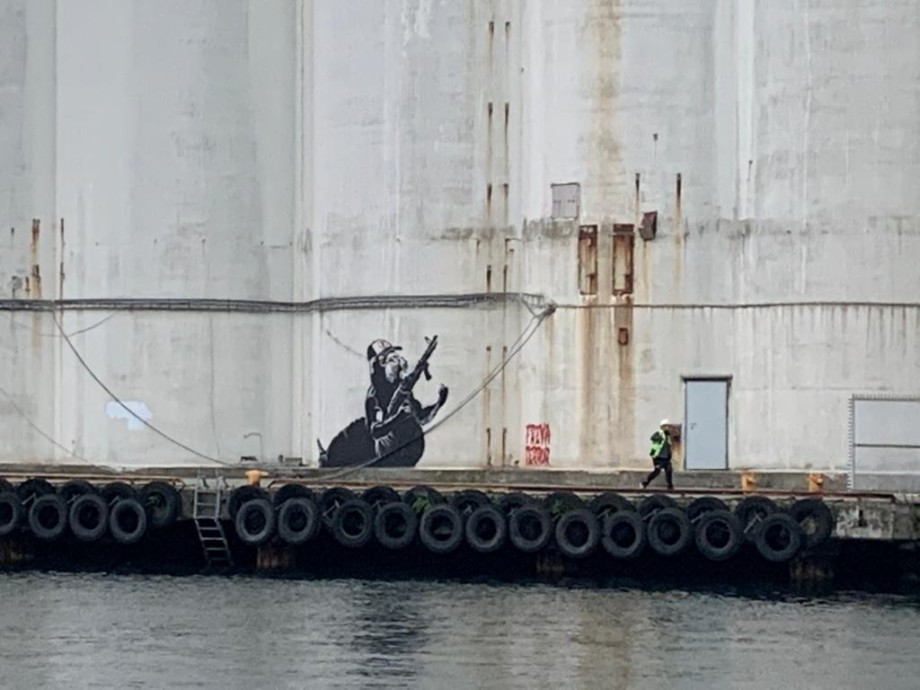
New friends have joined me on many of these swims and we’ve joked about writing an article on ‘swimming-as-praxis’. Here is my confession, then, that (pretension aside) I believe that swimming helps me understand my work and the world around me. One of my first swims here was in a dock while Pøbel, a local graffiti artist, painted a tribute to Freya the walrus on the side of a grain warehouse. Freya had visited harbours across the North Atlantic, sinking sailboats in her magnificent wake. She was killed by Norwegian authorities in the Oslofjord days before I arrived, for the crime of attracting too many crowds to see her (but on the bizarre grounds of her own safety). Seeing her take new shape by the water’s edge at Stavanger was a prompt to keep thinking about power, about place, about ecosystems and care. To keep swimming. To keep writing.
Dr. Marianna Dudley is a historian at the University of Bristol. Her work explores environmental change and its impacts on communities, places, and politics in modern Britain. The rise of renewable energy is a current focus, and she is writing a history of wind energy. She was a Greenhouse Green Transitions Fellow at University of Stavanger, 15 August – 15 September 2022.
Green Transitions through the Energy Humanities
By Dr Giulia Champion
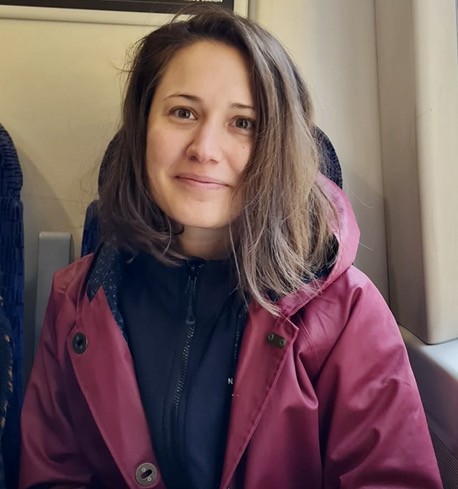
When I saw the open call for Green Transitions Fellows on Twitter a few months ago, I was very excited. I had been following the innovative work of Dolly and Finn Arne Jørgensen, and of the Greenhouse more broadly, for several years, listening live or through recordings to the powerful Greenhouse book talks. These talks were a ray of light during the COVID lockdowns in 2020 and 2021, and so it was an incredible opportunity to be able to join the exceptional scholars of the Greenhouse in person at the University of Stavanger.
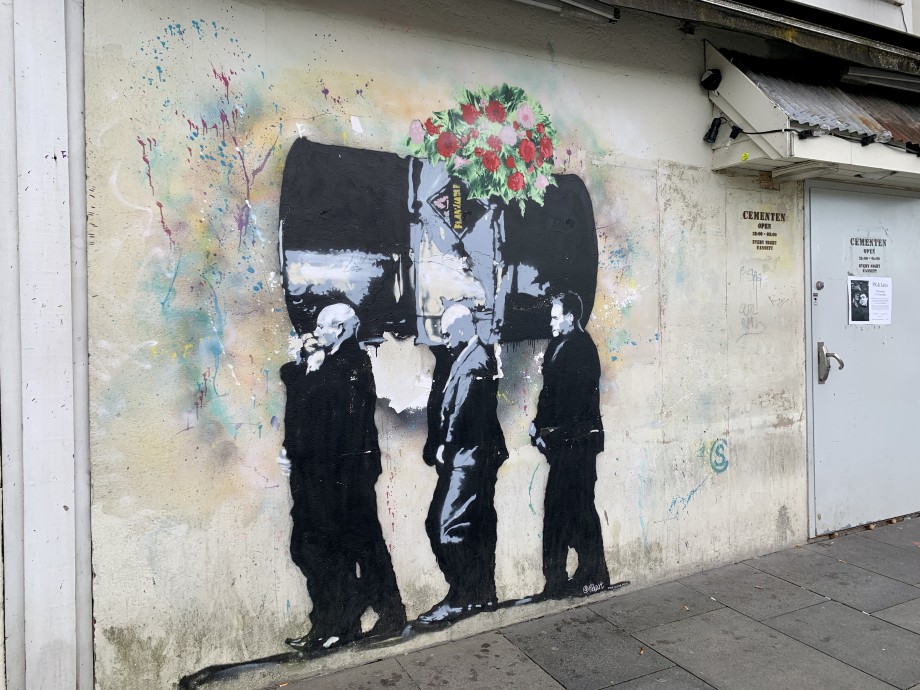
This has also been my first trip to Norway, a beautiful country full of inspiring swims, hikes, food and people. My stay was framed by a conference and workshop, which allowed me to engage with two intersecting parts of my research, the Energy and the Blue Humanities, and, in many ways, to come full circle with re-drafting my old doctoral work for publication while beginning research for my upcoming postdoctoral project.
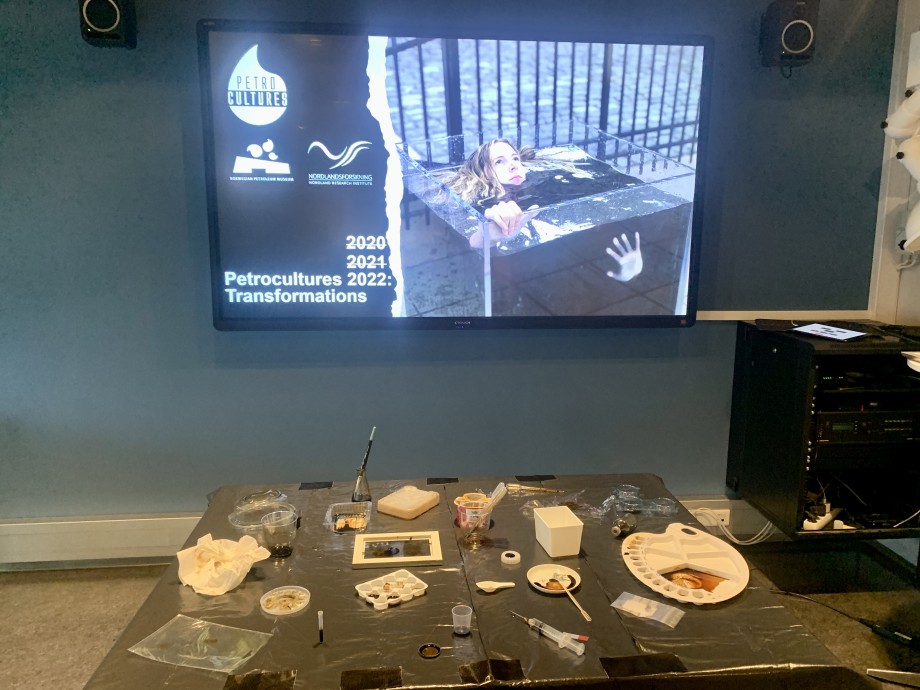
My August-September placement coincided with the Petrocultures 2022 conference, which had been re-organised from 2020, the same year I submitted by PhD thesis in the middle of the pandemic. I was very excited to have been accepted to present at what would have been, and was, my first Petrocultures conference. The fellowship thus arrived at the perfect time, as I was between academic positions and would have not had funding to attend the conference otherwise. I am grateful that this fellowship allowed me to connect with old friends and to meet new ones by being able to attend the conference, while also giving me the space to present a paper which has been accepted for a proposed Special Issue of the Journal of Energy History on “Pervasive Petrocultures: Histories, Ideas and Practices of Fossil Fuels” (forthcoming in 2023/2024, pending peer-review, edited by the supportive and brilliant Anna Åberg, Kristoffer Ekberg, Susanna Lidström and Jens Millkrantz). My conference time was extremely intellectually enriching and stimulating, and I was able to receive precious feedback and ideas for the writing up and drafting of my paper, also benefiting from what I learned in several other presentations. I am grateful to the conference organisers for putting together this event and, specifically to Victoria Slaymark, as well as Bjørn Lindberg and Leif Harald Halvorsen at the Norsk Oljemuseum, where the conference took place. During Petrocultures, and the “Green Transitions in Blue Museums” workshop, they shared helpful and insightful information about petro-extractivism and seabed mining and kindly put me in touch with the Norsk Oljemuseum library and librarian to access some interesting books.
After the busy conference week I had more time to focus on my work as a Green Transitions Fellow, shifting away from my former doctoral work, which focused on plantation agriculture, oil extraction and the Energy Humanities, and towards the project I will begin in November 2022 at the University of Southampton on the ocean, deep-sea mining and the Blue Humanities. This research will springboard off ideas I developed for my Green Transitions talk, as well as issues pertaining to museum and exhibition ethics and practices when it comes to curating, depicting and conservating the ocean. I was grateful to further develop my research on this topic by attending the workshop “Green Transitions in Blue Museums” masterfully organised by Gitte Westergaard, Vidar Fagerheim Kalsås and Marie-Theres Fojuth.
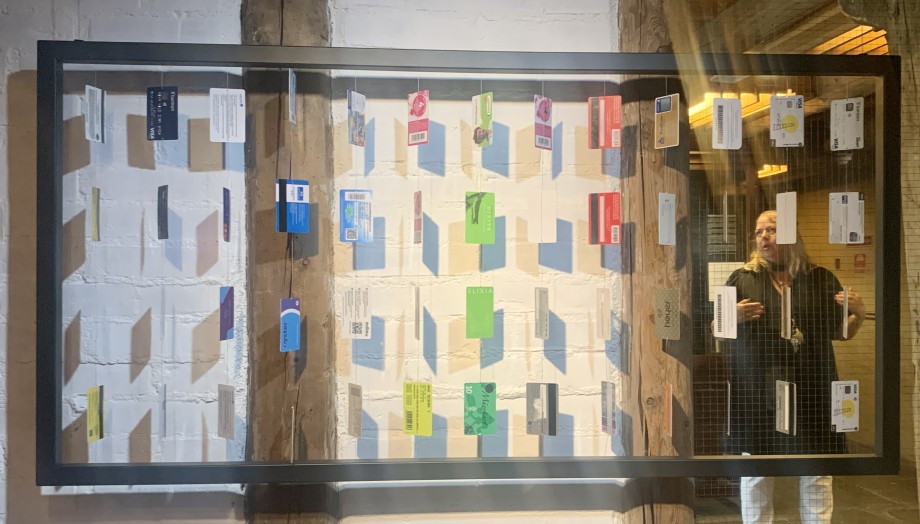
This workshop forms part of the University of Stavanger’s Greenhouse Green Transitions Workshops 2022, which include other exciting events taking place at the University in the coming months, including one on “Terraforming Terra”, co-organised by brilliant Greenhouse postdoctoral fellow Charlotte Wrigley, one on “Perspectives on Environmental Justice in Scandinavian Green Transitions” co-organised by one of the fantastic Greenhouse PhD students, Sebastian Lundsteen. Without these early career scholars, we Green Transitions Fellows, would not have enjoyed our stay in Stavanger as much as we did. They have been extremely generous and kind with their time, knowledge of the city and the university and their research. So, I would like to deeply thank all staff and students mentioned above as well as Ellen Arnold, Aster Hoving, Jonas Taudal Bækgaard, Mehdi Torkaman, Mica Jorgenson and Dmitrijs Porsnovs, for ensuring Marianna, Hans and I felt at home in our time as fellows. Many thanks also to Dolly and Finn Arne for their hard work and for making this possible; it was an honour to celebrate with you and the rest of the group when the Greenhouse officially became a Centre at the University earlier this month. Finally, I am particularly grateful to Marianna and Hans, my co-fellows, for this wonderful month!
Dr Giulia Champion is a Research Assistant for projects on Ecological Belongings and Ecological Reparation in the Centre for Interdisciplinary Methodologies at the University of Warwick and a Research Assistant for a project on Scottish Shores at Edinburgh Napier University. She currently works on the Blue Humanities and Deep-Water Extractivism. She was a Greenhouse Green Transitions Fellow at University of Stavanger, 15 August – 15 September 2022.
Thoughts on Industry and Academia
By Hans Baumann
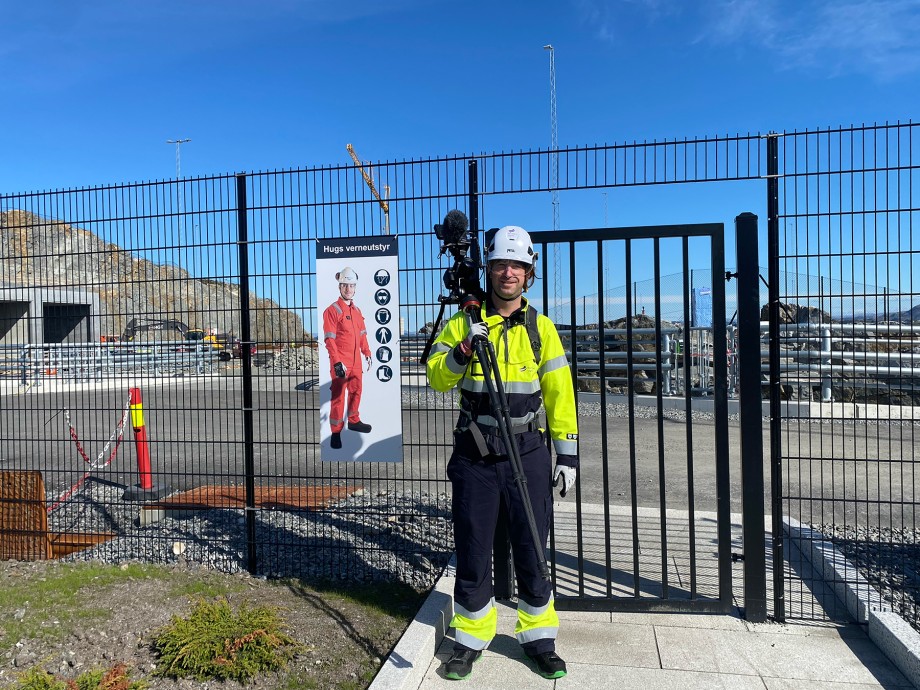
I am not academic, but as a research-oriented artist, I often find myself in academic settings, collaborating across various disciplines with scholars. This relatively detached perspective—transiting between various institutional cultures—has allowed me to experience a wide range of approaches to teaching and research, but it also brings various commonalities into relief. One of these commonalities is the persistent struggle among the arts and humanities to find grounding in a world (seemingly) ever-more dominated by STEM disciplines. What can the humanities provide beyond distanced and privileged critique?
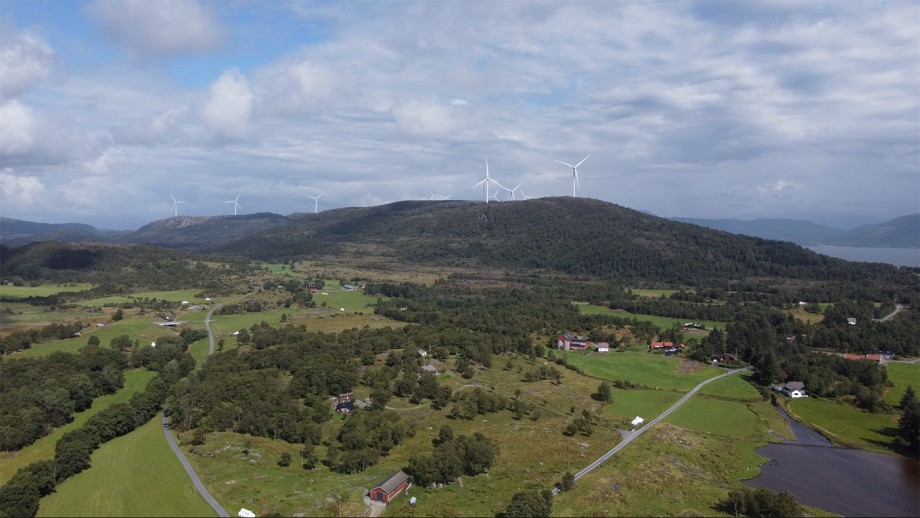
My time at the Greenhouse Center for Environmental Humanities at the University of Stavanger exposed me to an academic community deeply invested in finding answers to this question. I applied to this fellowship program having some idea of the central role that the Stavanger region plays in the Norwegian energy industry, but—upon arriving in Stavanger—I was struck by the transformative potential of UiS in general, and the Greenhouse community in specific. I found myself among a deeply skilled and supportive academic community not only eager to collaborate, but with the sort of regular programming in place to allow for the spontaneous generation of ideas. From weekly book talks, fellowship lectures and organized lunches to the sort of impromptu swims that Marianna Dudley describes in her own blog post, I found ample space to influence—and be influenced—by others. Through the support provided by the Greenhouse community, I was able to meet with faculty from numerous departments at UiS—Energy and Petroleum Engineering, Energy Resources, Media and Social Sciences, etc.—and at a variety of organizations in the surrounding area, including the Norwegian Petroleum Directorate, Norwegian Petroleum Museum, ONS (Offshore Northern Seas) Foundation, NORCE (Norwegian Research Centre), Northern Lights, Stavanger Offshore Technical College, and Oceaneering International. My time in Stavanger also coincided with the ONS Conference, and the ONS Foundation graciously provided me with a media pass to the entire event.
Throughout all of these interactions, one theme became clear: my association with the University of Stavanger provided me with a level of access to both industry and academia that I could never hope to achieve on my own. Because of this, I achieved far more during my one-month fellowship than I had anticipated. It also meant that I was often working within relationships that already existed between industry and academia. I want to emphasize the importance of this not only because I have found it to be exceptionally rare, but also because it provides evidence of how arts and humanities programs can articulate their relevancy to a broad public. Both Marianna Dudley and Giulia Champion covered the impressive breadth of research being conducted at the Greenhouse Center for Environmental Humanities so I will only reiterate that the scope and nature of the research being conducted at UiS creates an immense array of possibility both within and outside of the academic community. And I want to emphasize that this array of possibility emerges through relationships. If what I witnessed at UiS is any indication, it seems to me that when humanities scholars engage in sustained and reciprocal relationships with other disciplines, with industry and with the public, they not only create trust, they create new forms of understanding. I look forward to returning to UiS in November and beyond not only to continue my research, but also to be reminded of how the arts and humanities can remain relevant—and perhaps even central—to broader political and social discourse in the 21st century.
Hans Baumann is a Swiss-American artist based in Los Angeles. Drawing from his background in human geography and landscape architecture, his research-based practice reflects upon ecological collapse, the dynamics of climate change, and the decolonization of American land. He was a Greenhouse Green Transitions Fellow at University of Stavanger, 15 August – 15 September 2022.